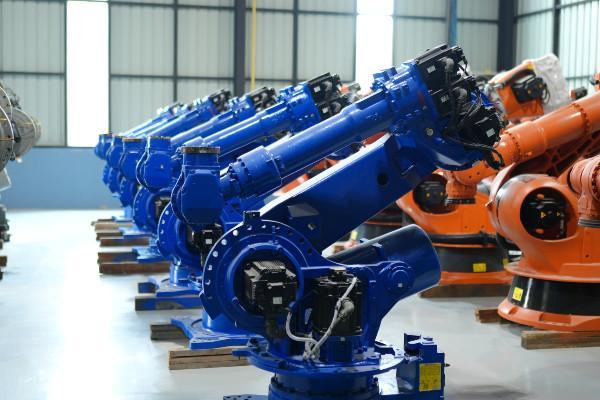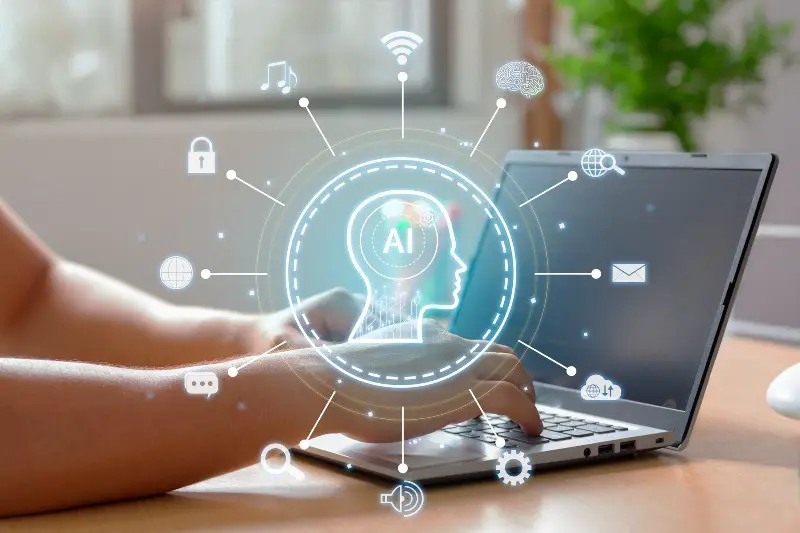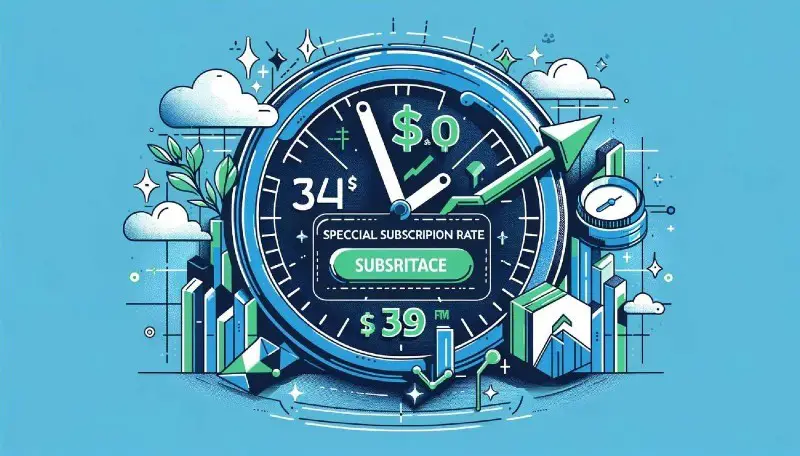The realm of artificial intelligence (AI) is in a constant state of flux and evolution. Its journey, from theoretical discussions in academic circles to practical implementations in our everyday lives, is an intriguing exploration of technological advancements. In this blog post, we will critically examine the history and evolution of AI, providing insights into its past, present, and potential future.
We’ll trace the definition of AI throughout history, explore its evolution from theory to practice, consider different historical perspectives, and analyze how AI’s definition has changed over time. By journeying back to the origins of artificial intelligence, we’ll gain a deeper appreciation of the progress made and the challenges overcome. Whether you’re an Artificial Intelligence professional or a curious enthusiast, this historical exploration of AI promises insightful reflections.
History and Evolution of Artificial Intelligence
The journey of artificial intelligence begins much earlier than many might presume. Tracing the definition of artificial intelligence throughout history, we find early notions of AI in ancient mythology, where artificial beings were often depicted with intelligence bestowed upon them by their creators.
However, it wasn’t until the mid-20th century that the foundations for modern AI were laid. In 1956, the term “artificial intelligence” was coined by John McCarthy at the Dartmouth Conference. Here, AI was defined as “the science and engineering of making intelligent machines.” This laid the groundwork for future exploration and developments in the field of Artificial Intelligence.
Evolution of Artificial Intelligence: From Theory to Practice
Artificial Intelligence moved from theory to practice as advancements in technology enabled the creation of machines capable of learning and decision making. Early AI programs were able to replicate human abilities such as playing chess, solving word problems, and understanding natural language.
However, the true evolution of AI took place in the early 21st century with the advent of data-driven AI. As data availability exploded and computational power increased, machine learning algorithms were able to learn from massive datasets and improve their performance over time.
Today, we see Artificial Intelligence in everyday applications, from the smartphone in your pocket to customer service platforms that use natural language processing to understand and respond to queries.
Historical Perspectives on the Definition of Artificial Intelligence
Different perspectives throughout history have shaped our understanding of artificial intelligence, with distinct schools of thought focusing on varied aspects of AI. It’s essential to comprehend these perspectives to truly grasp AI’s evolution and its role in the modern world.
One historical perspective that is pivotal in the early days of AI is the cognitivist view. Pioneers like Allen Newell and Herbert A. Simon, creators of the Logic Theorist and General Problem Solver, focused on designing AI systems that imitated human cognition. They aimed to replicate the processes of human thought, often using rule-based systems. For instance, the Logic Theorist was capable of proving mathematical theorems by representing them as logical statements and applying rules of inference, mirroring human deductive reasoning.
On the other hand, we also saw the emergence of connectionism, an approach emphasizing the simulation of neural networks to achieve intelligent behavior. Pioneered by researchers like Frank Rosenblatt, who developed the perceptron algorithm, connectionism focuses on the concept of ‘learning’ rather than ‘knowing.’ Connectionists’ AI was not about following pre-established rules but about adapting and learning from experience. For example, a neural network might be trained to recognize handwritten digits by adjusting the weights of its connections based on the errors in its predictions.
In the 1980s, a third perspective, dubbed ‘behaviorism,’ rose to prominence. Behaviorism, championed by roboticist Rodney Brooks, argued that true artificial intelligence could only be achieved by building embodied agents that interacted with and learned from their environment. Brooks’ subsumption architecture allowed robots like Genghis and Cog to demonstrate complex behaviors without the need for explicit representation of knowledge or reasoning, fundamentally challenging the cognitivist approach.
These different historical perspectives not only reflect our evolving understanding of artificial intelligence but also highlight the diversity of approaches in AI research. Recognizing this variety helps us appreciate the richness of the field and aids our comprehension of the diverse applications of AI we encounter today.
Changing Definitions: How AI has Evolved Over Time
The definition of artificial intelligence has evolved over time, reflecting advances in technology and changes in our understanding of intelligence. Initially, AI was seen as a system that could replicate the full range of human intelligence. However, as our understanding grew, the focus shifted towards creating systems that could learn from experience and adapt to new situations.
Today, Artificial Intelligence is defined more by its function than by its resemblance to human intelligence. Artificial Intelligence technologies, whether they’re voice assistants on our smartphones, algorithms that recommend products on online shopping platforms, or customer service platforms that can understand and respond to human text inputs, are defined by their ability to perform tasks that require human intelligence.
How might AI-based tools impact the future job market for tax preparation professionals?
Origins of Artificial Intelligence: A Look Back
The origins of artificial intelligence can be traced back to the mid-20th century, with
the groundwork laid by the likes of Alan Turing and his universal Turing machine, a theoretical device that provided the foundational understanding of computation and what we now know as the Turing test.
However, the real birth of Artificial Intelligence as we know it today was arguably the Dartmouth Conference in 1956, where the term “artificial intelligence” was coined. From here, AI research split into various sub-fields, ranging from problem-solving and symbolic methods in the 1960s and ’70s, to machine learning, neural networks, and AI as an industry in the 1980s and ’90s.
As we moved into the 21st century, the focus on deep learning and artificial general intelligence grew, fueled by the exponential increase in data availability and computational power. The influence of these advancements can be seen in the applications of Artificial Intelligence in today’s world, whether in our personal devices, business processes, or even creative pursuits like art and music.
Conclusion
From the early definitions rooted in replicating human intelligence to the current approach of systems learning from data, artificial intelligence has seen remarkable development. Its history is not only a chronicle of technological advancement but also a testament to human ingenuity and curiosity.
In this journey, we traced the evolution of artificial intelligence from its roots in the mid-20th century, its shift from theory to practice, and its ever-changing definitions. We discovered that the story of Artificial Intelligence is one of continual learning, adaptation, and growth, much like the very systems it aims to create.
The story of AI is not yet complete; it continues to evolve. As we look forward to the future of Artificial Intelligence, we must also look back at its history to understand its potential and implications fully. In doing so, we can appreciate the progress made and anticipate the exciting possibilities on the horizon.
For professionals navigating the complex landscape of artificial intelligence, understanding its historical journey and evolution is crucial. In doing so, we gain not only a contextual understanding of this transformative technology but also insights into its future trajectory.
Remember, the story of Artificial Intelligence is our story too. As we continue to shape this technology, we simultaneously shape our future.

Navigating the Convergence: Artificial Intelligence and the Legal Sphere
Artificial Intelligence (AI) has transformed multiple sectors, including the field of law. This blog post delves into the legal aspects of AI, the regulatory landscape, and AI’s role in legal practice. It also explores AI’s impact on privacy law and the ethical quandaries it presents. A comprehensive look at the intriguing intersection of AI and law.






